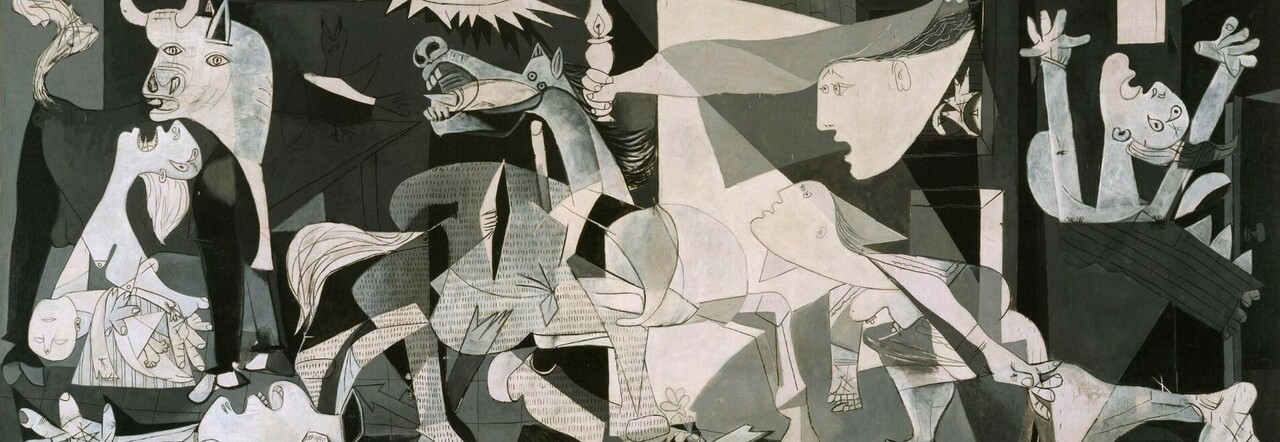Picasso, Guernica, and the Horrors of 20th Century Wars: A Lecture Series

Saturday 13 April 2024, 14:09
2 Minutes of Reading
European history narrated through art, culture, and its dialogue with the contemporary world. On Monday, April 15th, at 6 PM at the Instituto Cervantes of Naples on Via Chiatamone 6, the series of lectures curated by Julián Casanova, dedicated to the History of Europe in the 20th century, will conclude. The meeting, titled "Picasso, Guernica, and the Horrors of the 20th Century Wars," will be moderated by Vittoria Fiorelli, full professor of modern history at the University Suor Orsola Benincasa of Naples and will feature Italian/Spanish simultaneous translation. Julián Casanova, a full professor of history at the University of Zaragoza, columnist for El País, and author of several historical books, has been a visiting professor at prestigious universities in Europe (Queen Mary College of London, and Central European University in Budapest and Vienna), in the Americas (Harvard, Notre Dame, and New School for Social Research), and in Latin America (FLACSO, in Quito and Universidad Industrial de Santander, in Colombia). A frequent guest of the Instituto Cervantes, Casanova returns to Naples for this new appointment with history narrated through Picasso's great masterpiece. Guernica was the first epic work painted by Pablo Picasso at the age of 56. The inspiration for this great masterpiece came after the bombing of the Basque town of Guernica on April 26, 1937. Although World War I had already demonstrated the huge potential that the development of aviation could have for modern armies, the Spanish Civil War was the first conflict of the 20th century in which aviation was deliberately used in rear-guard bombing operations. Guernica showed this fundamental change in the evolution of warfare: bombing for the sole purpose of punishing and spreading panic among defenseless populations. The boundary between combatants and non-combatants had already disappeared in the colonies before 1914, where women and children were also killed in wars planned with racist policies and extermination. Picasso composed this great painting in just two months and had it exhibited in the Spanish pavilion of the 1937 Paris World's Fair. Guernica then toured the world, becoming very acclaimed, but above all, it served to make known the story of the fratricidal conflict that was unfolding in the Iberian country. Following the rise of the Francoist regime in 1939, which Picasso strenuously opposed, the Spanish artist refused to exhibit his work in Spain, and Guernica was therefore hosted at the Museum of Modern Art in New York until 1982, when it returned to its homeland and is currently displayed at the Museo Nacional Centro de Arte Reina Sofía in Madrid.
© ALL RIGHTS RESERVED
This article is automatically translated
This article is automatically translated
